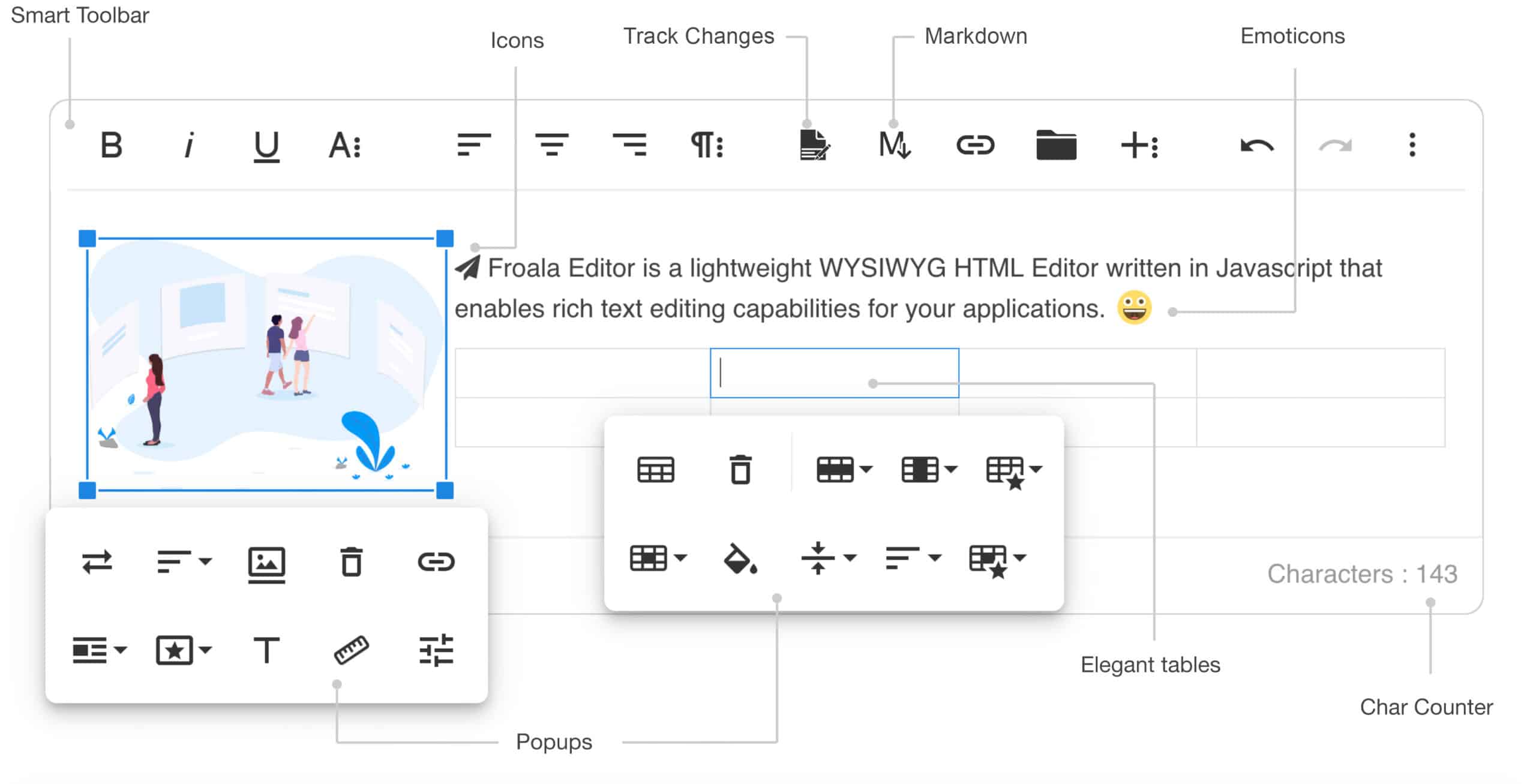WYSIWYG (pronounced “wiz-ee-wig”) is an acronym for “What You See Is What You Get.” It is used to describe a type of user interface (UI) where the user sees a representation of the final output they will end up with as they input information, create documents, or design websites.
The first WYSIWYG interface was developed in the 1970s in the programming language FORTRAN and was used to create formatted documents. By the 1980s, the concept had been adapted for use in text and page layout applications like Microsoft Word.
In terms of web design, WYSIWYG UIs are designed to give a user a visual representation of what a page or website will look like as it evolves. Common examples of WYSIWYG tools for web design are HTML or CSS editors such as Adobe Dreamweaver and SiteMile. These tools allow a user to design a website as they type in code that is translated into visual elements. Components such as navigation, text, images, videos, and links are placed on the page as they are created, allowing the user to craft the site as they choose.
In the early days of WYSIWYG web design, the user was limited to adding elements that had been pre-defined in the HTML or CSS code. As the internet has evolved, so has WYSIWYG design, with many tools now offering full drag-and-drop support or the ability to input more complex code.
By allowing the user to directly visualize the end product, WYSIWYG UIs offer a more intuitive, productive, and time-efficient way to design websites than other methods.
The concept of WYSIWYG can also be applied to other applications such as photo and video editing, document creation, and even business applications such as spreadsheets. Nevertheless, the WYSIWYG concept remains most closely associated with web design.






